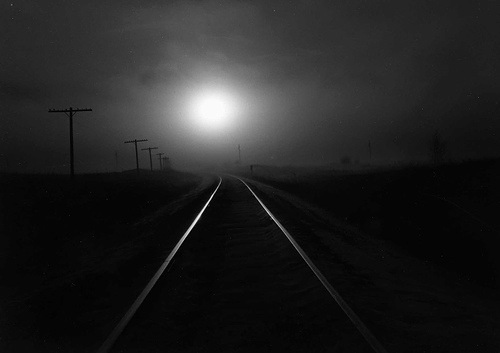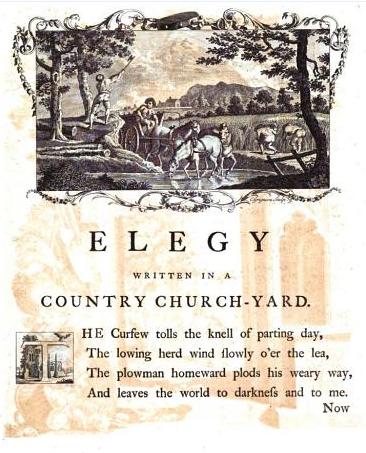 From 2003:
From 2003:
Every time I see a Pixar movie, I think of the dead end down which the Disney animators of the Thirties and Forties charged so heedlessly. Artist for artist, the Disney team packed a greater technical punch than any animation shop in history, but its product got duller and duller, while the Warner and MGM cartoons of the same period became more vivid and witty with every passing year. What made the difference? Disney’s creative team was fixated on the chimerical goal of realism, whereas Chuck Jones and Tex Avery knew that no matter how well you drew it, an animated cartoon was going to look like drawings of a talking animal….
Read the whole thing here.

 In between…what? Well, I’m determined to spend a few days taking it easy. I’ll be driving into New York later today to tape a Satchmo-related episode of
In between…what? Well, I’m determined to spend a few days taking it easy. I’ll be driving into New York later today to tape a Satchmo-related episode of  Like “Blood Knot,” the 1961 play that first brought Mr. Fugard to the world’s attention, “The Train Driver,” which was inspired by a true story, is a two-man show whose characters meet in the middle of the racial gulf that continues to cleave the land in which they live. The setting is a squatter-camp graveyard where the unclaimed bodies of unidentified blacks are brought for burial. Simon (Leon Addison Brown), the resident gravedigger, is accosted one morning by Roelf (Ritchie Coster), a bedraggled, desperate-looking white railroad engineer. His presence in a place where “there is no white people sleeping” makes no sense to Simon. Soon, though, it emerges that Roelf has come there to search for the bodies of a black woman and her baby–and that he killed them, albeit accidentally, when the woman deliberately stepped in front of his train for reasons unknown….
Like “Blood Knot,” the 1961 play that first brought Mr. Fugard to the world’s attention, “The Train Driver,” which was inspired by a true story, is a two-man show whose characters meet in the middle of the racial gulf that continues to cleave the land in which they live. The setting is a squatter-camp graveyard where the unclaimed bodies of unidentified blacks are brought for burial. Simon (Leon Addison Brown), the resident gravedigger, is accosted one morning by Roelf (Ritchie Coster), a bedraggled, desperate-looking white railroad engineer. His presence in a place where “there is no white people sleeping” makes no sense to Simon. Soon, though, it emerges that Roelf has come there to search for the bodies of a black woman and her baby–and that he killed them, albeit accidentally, when the woman deliberately stepped in front of his train for reasons unknown…. Enter Stephen Wade, a musician and folklorist who has long been fascinated by the Library of Congress field recordings. Following in Mr. Lomax’s footsteps, Mr. Wade went back into the field to track down the descendants of 12 of the near-forgotten musicians who recorded for the Library of Congress between 1934 and 1942. He has turned his findings into an extraordinary book called “The Beautiful Music All Around Us: Field Recordings and the American Experience” that was published earlier this month by the University of Illinois Press. It’s a masterpiece of humane scholarship–but one that reads like a detective story. Working against the fast-ticking clock of mortality, Mr. Wade succeeded in documenting the lives and work of a dozen folk artists whose stories came perilously close to vanishing down the memory hole….
Enter Stephen Wade, a musician and folklorist who has long been fascinated by the Library of Congress field recordings. Following in Mr. Lomax’s footsteps, Mr. Wade went back into the field to track down the descendants of 12 of the near-forgotten musicians who recorded for the Library of Congress between 1934 and 1942. He has turned his findings into an extraordinary book called “The Beautiful Music All Around Us: Field Recordings and the American Experience” that was published earlier this month by the University of Illinois Press. It’s a masterpiece of humane scholarship–but one that reads like a detective story. Working against the fast-ticking clock of mortality, Mr. Wade succeeded in documenting the lives and work of a dozen folk artists whose stories came perilously close to vanishing down the memory hole….